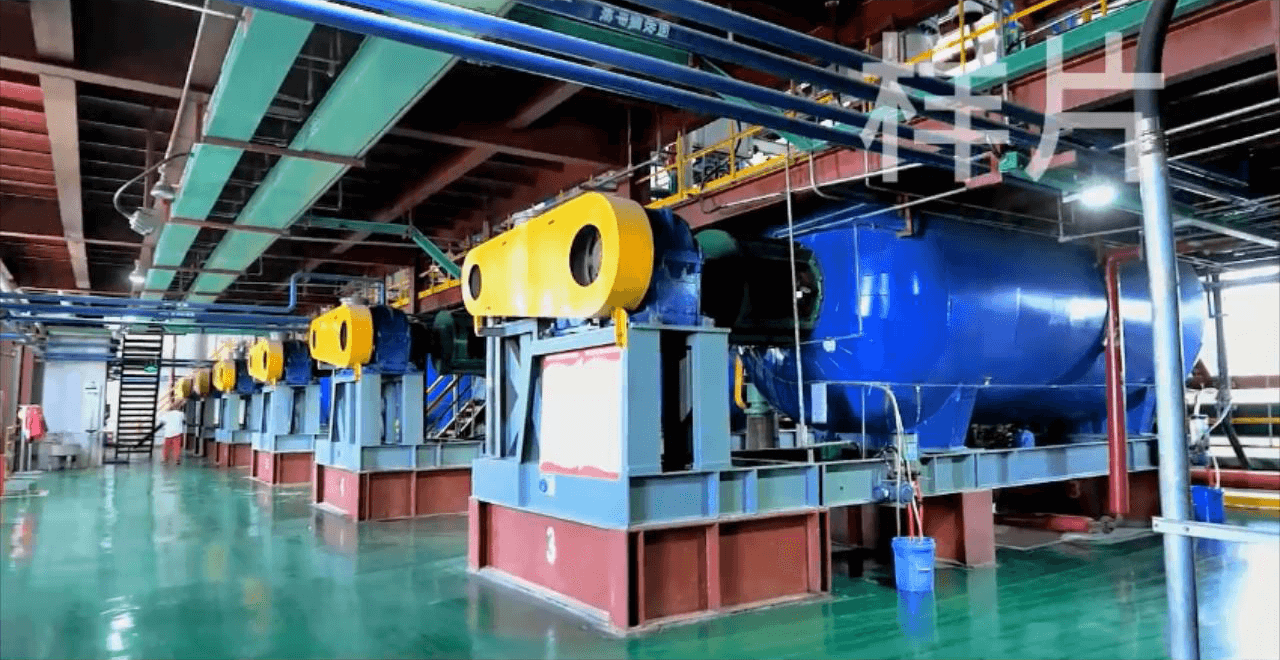
Abu . 10, 2024 18:50 Back to list
Current Trends and Pricing Analysis of Redispersible Polymer Powder in the Market
The Dynamics of Redispersible Polymer Powder Prices
Redispersible polymer powders (RDPs) have become a critical ingredient in various applications, including construction, adhesives, coatings, and pharmaceuticals. Their unique ability to improve the properties of dry mixes makes them invaluable in numerous industrial processes. As demand for RDPs continues to grow, understanding the dynamics of their pricing becomes essential for manufacturers, suppliers, and end-users.
RDPs are typically produced by spray-drying polymer emulsions. Upon adding water, these powders reconstitute back into a liquid form, enabling them to provide enhancements like improved adhesion, flexibility, and water resistance in final products. The versatility of RDPs makes them an attractive option, leading to an increase in market demand. However, this rising demand also places pressure on pricing.
The Dynamics of Redispersible Polymer Powder Prices
The supply chain logistics also play a crucial role in the pricing of redispersible polymer powders. Transportation costs, labor costs, and packaging expenses are all integral components of the overall cost structure. Any disruptions in the supply chain, whether due to geopolitical events, natural disasters, or pandemics, can result in increased costs. For instance, the COVID-19 pandemic highlighted vulnerabilities in global supply chains, leading to increased shipping costs and delays that affected RDP pricing and availability.
redispersible polymer powder price

Market competition is another influential factor. With numerous manufacturers producing RDPs globally, competition can promote price stabilization. However, established brands with proven performance can often command higher prices due to brand loyalty and perceived quality. Emerging manufacturers may aim for lower prices to penetrate the market, leading to a complex interplay of competition and pricing strategies.
Additionally, technological advancements in RDP production can alter pricing dynamics. Innovations that increase production efficiency or enhance product quality can lower costs, eventually benefiting consumers. The development of bio-based or eco-friendly RDPs is becoming more prominent, catering to a growing market segment focused on sustainability. While these products may initially command premium prices due to their sophisticated production processes, they could also drive down prices in the long run as technology matures and scales up.
Geographic factors also contribute to the price variation of redispersible polymer powders. Regions with abundant raw materials or lower labor costs can produce RDPs more economically than regions where resources are scarce. Consequently, companies sourcing RDPs from different areas may experience significant price differences based on local market conditions.
Lastly, end-user industries also impact RDP pricing. Industries such as construction and automotive, which are recovering and growing, are likely to drive up demand for RDPs. Consequently, as consumption increases in these sectors, the overall pricing dynamics will shift.
In conclusion, the price of redispersible polymer powders is subject to a multitude of factors, including raw material costs, supply chain dynamics, competitive landscapes, technological advancements, geographic variances, and industry demand. Understanding these elements is crucial for stakeholders at all levels, from manufacturers to end-users, to make informed decisions in a fluctuating market. As the importance of RDPs continues to rise, keeping an eye on these pricing dynamics will be essential for those involved in industries reliant on these versatile materials.
-
What is HPMC?
NewsJun.06,2025
-
Understanding Redispersible Powder: The Future of Construction Materials
NewsJun.06,2025
-
Understanding RDP Powder: The Ultimate Solution for Your Construction Needs
NewsJun.06,2025
-
Pure HPMC: The Ideal Solution for Modern Construction and Building Materials
NewsJun.06,2025
-
Methyl Hydroxyethyl Cellulose: A Versatile Chemical Compound
NewsJun.06,2025
-
Hydroxyethyl Cellulose Power: The Essential Chemical for Various Industries
NewsJun.06,2025







